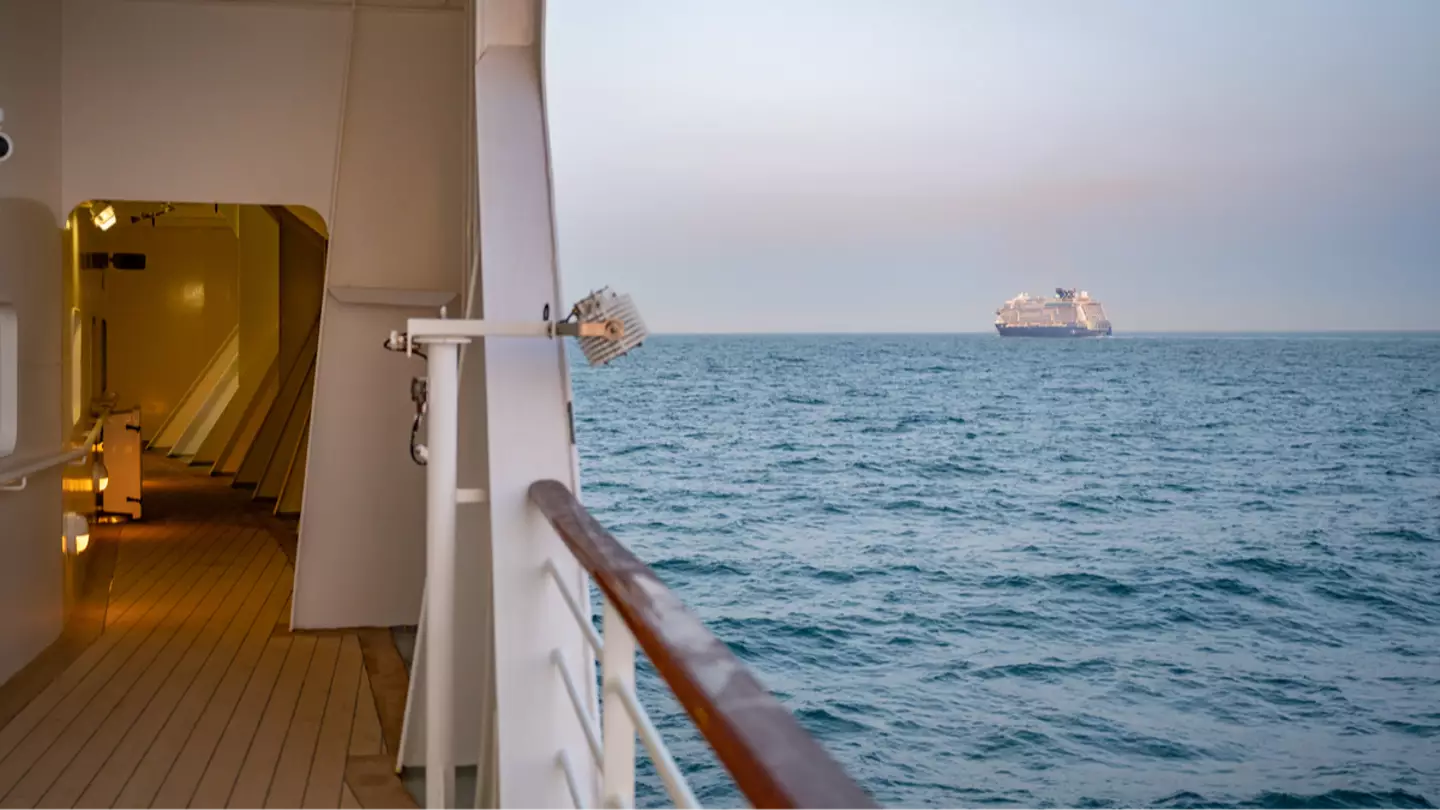A cruise ship passenger shared her experience of receiving alarming warnings after a powerful 8.8 magnitude earthquake triggered tsunami alerts in Hawaii.
The earthquake occurred on July 30 off Russia’s remote Far East, near the Kamchatka Peninsula.
This quake ranks as the sixth-strongest recorded and led to numerous tsunami warnings and advisories in various countries, including Japan and the US.
Following the earthquake, Hawaii experienced waves exceeding five feet, prompting evacuation orders from authorities.
Rachel Burrows, a UK resident vacationing in the Pacific, was exploring The Big Island on July 29 local time when she and other cruise passengers received alerts indicating they were in ‘immediate danger’ of a tsunami.

The alert urged them to ‘move away from the coast and get to higher ground’, and the warnings became increasingly urgent.
Rachel explained to BBC News that passengers were informed of estimated times for ‘when the tsunami would hit’, and the island’s sirens began sounding to highlight the ‘serious’ threat.
“Everyone was just running to get on the ship because they were closing the ship off because we needed to get out to sea,” she described, noting, “We were luckily one of the last ones that got back on to the cruise ship and then we could see a lot of other people getting dropped off and lining up, but they didn’t make it, they were told to get to higher ground on shore, so it was quite scary.”

The Pacific Tsunami Warning Center (PTSC) had initially predicted that the first tsunami waves would reach Hawaii at approximately 7:17pm local time on July 29.
Reports of flooding came in from various coastal areas, and officials advised people to head inland. The Oahu Department of Emergency Services posted on X, formerly known as Twitter, stating: “Take Action NOW! Tsunami waves are currently impacting Hawaii.”
The initial warning was subsequently downgraded to an advisory, which is issued when a tsunami capable of generating strong currents or waves is ‘imminent, expected, or occurring’, as explained on the government’s tsunami website.
The website further clarifies: “The threat may continue for several hours after initial arrival, but significant inundation is not expected for areas under an advisory. Appropriate actions to be taken by local officials may include closing beaches, evacuating harbors and marinas, and the repositioning of ships to deep waters when there is time to safely do so.”

